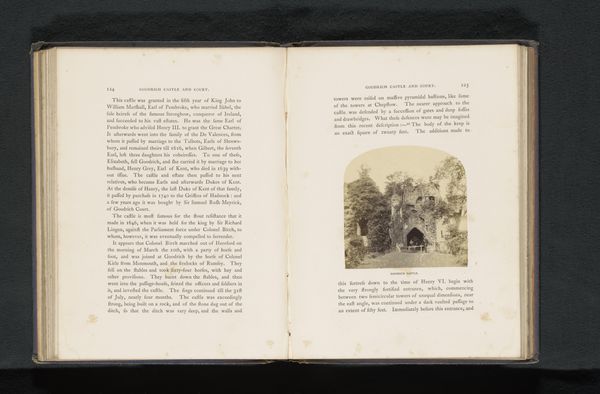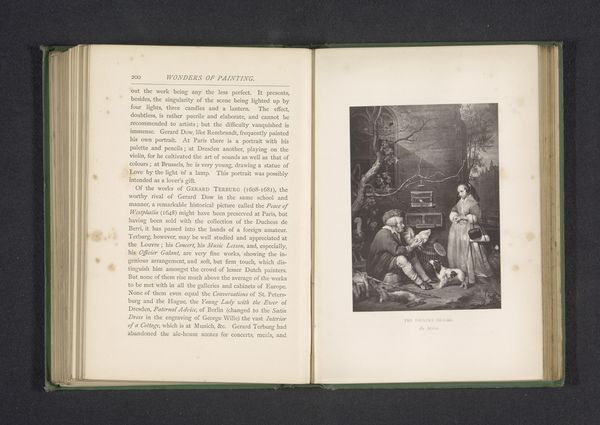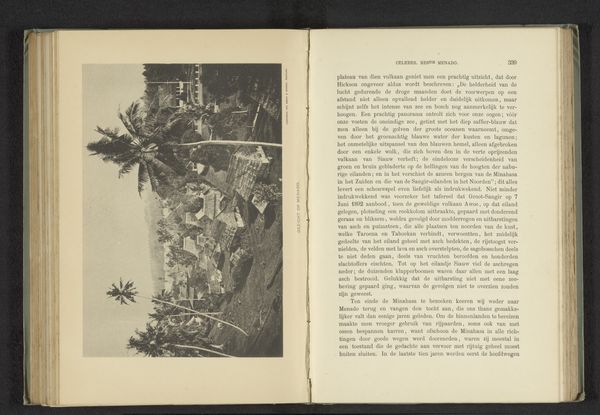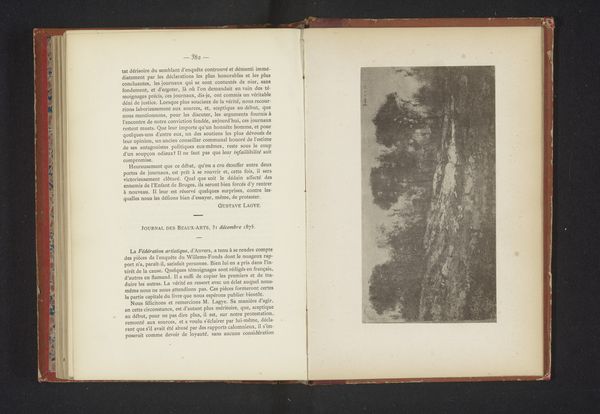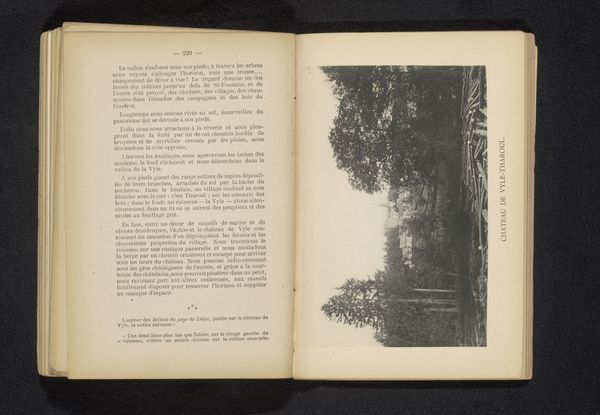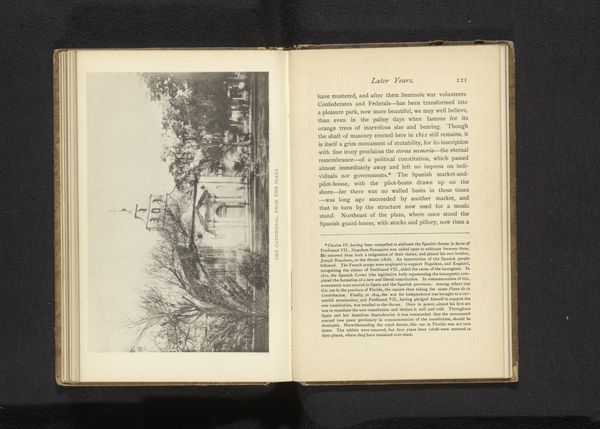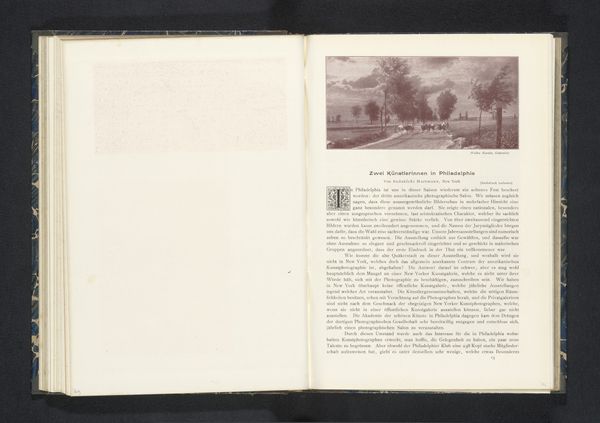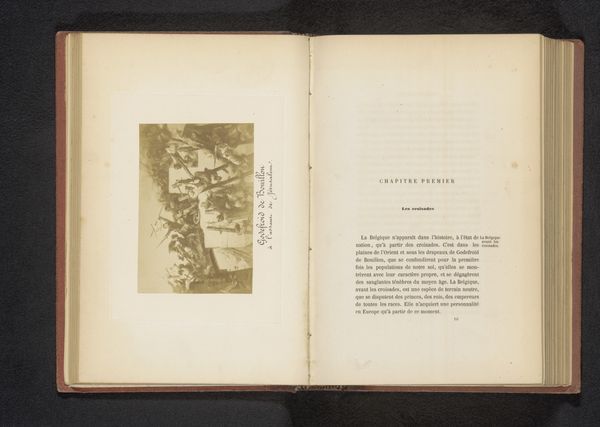
Fotoreproductie van een schilderij met een allegorische voorstelling van de zomer before 1863
0:00
0:00
print, textile, paper, engraving
#
portrait
#
aged paper
#
book binding
#
homemade paper
#
16_19th-century
#
paper non-digital material
#
allegory
#
paperlike
# print
#
landscape
#
textile
#
paper texture
#
paper
#
personal sketchbook
#
journal
#
history-painting
#
letter paper
#
engraving
#
historical font
Dimensions: height 127 mm, width 100 mm
Copyright: Rijks Museum: Open Domain
Curator: This remarkable piece is entitled "Fotoreproductie van een schilderij met een allegorische voorstelling van de zomer," which translates to "Photographic reproduction of a painting with an allegorical representation of summer." It's attributed to Giacomo Brogi and was created sometime before 1863. What strikes you most about it? Editor: Initially, I'm struck by its faded beauty. It evokes a strong sense of nostalgia, of looking at a treasured memory, a little melancholic with its monochromatic rendering of the scene and the obvious signs of age on the paper. Curator: Absolutely. As a photograph of an allegorical painting, its layered temporality speaks volumes. We’re seeing an older artwork mediated through the lens of 19th-century photographic reproduction, effectively putting several historical moments into conversation with one another. Allegories like this one served as vehicles for conveying complex ideas and social values of the time. Editor: And it presents 'summer' so grandly. It's not just a season; it's a spectacle. The central figure, presumably a representation of Summer, is carried regally in a chariot surrounded by figures and lush scenery. What sociopolitical statement might be embedded within? Curator: Allegories often acted as a commentary on power, morality, or societal structures, embedding layers of meaning accessible to contemporary viewers. I think the positioning of "Summer" within such an idealized landscape likely represents prevailing societal views on wealth, leisure, and perhaps even empire at that time. Think about how concepts of natural abundance are used to naturalize unequal distributions of wealth and labor. Editor: So the photograph, already imbued with a historical sensibility, heightens this sense of historical distance, almost like a mirror reflecting how far our perceptions of 'Summer' or even of nature and luxury have shifted. The book itself seems a character in this dialogue. Curator: Precisely. By reproducing artworks within book form, Brogi made them accessible to a wider audience and solidified a specific cultural narrative, which has shaped the visual landscape we consume today. Editor: It is this democratization of art, however limited at the time, that laid part of the groundwork for our contemporary experience. Viewing the book, itself, now makes us participants in its legacy. Curator: That is right! By engaging with this image, we too participate in an ongoing dialogue about representation, value, and the evolving role of art in reflecting—and shaping—society. Editor: And now, just for a moment, our ideas can add to the conversation too.
Comments
No comments
Be the first to comment and join the conversation on the ultimate creative platform.
